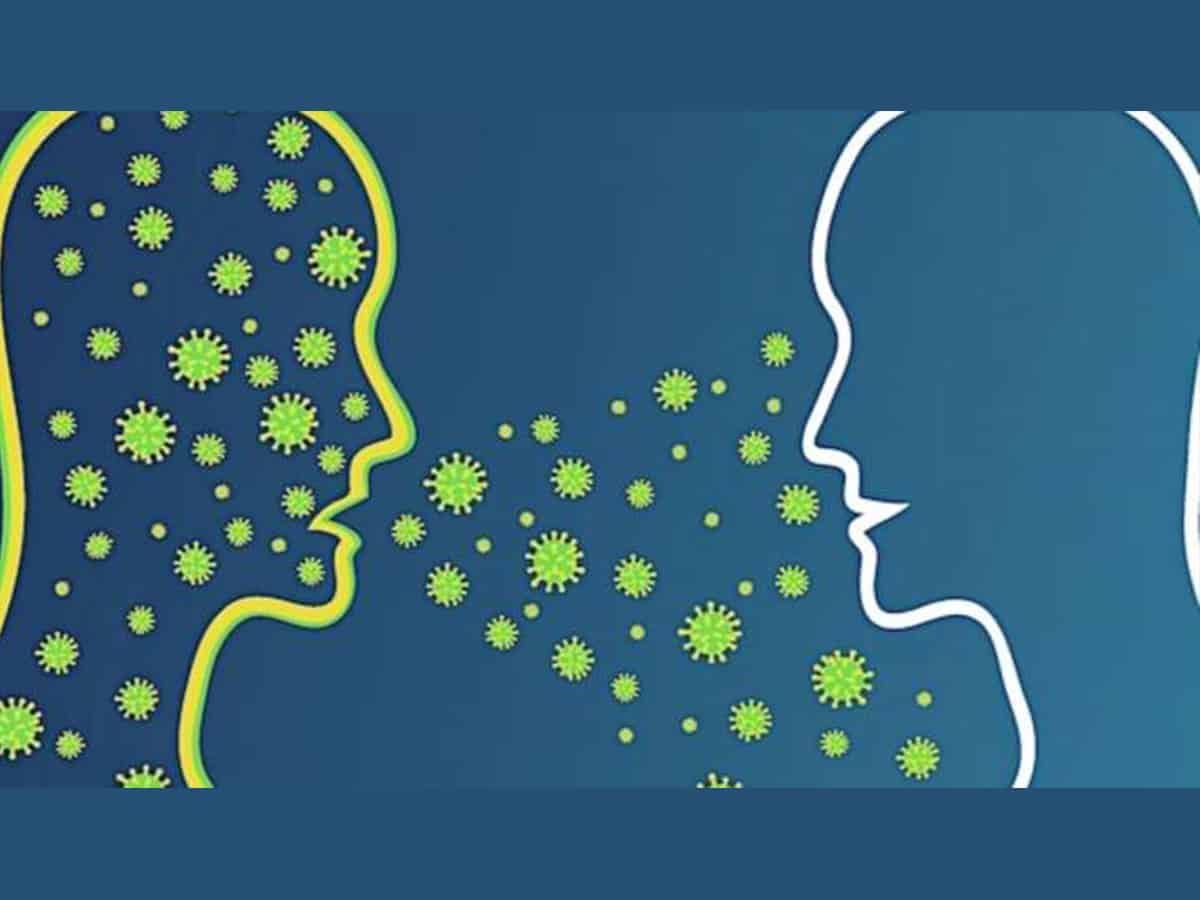Sruthi Vibhavari
The World Health Organization (WHO) on Friday, July 10 confirmed the possibility of the airborne or aerosol transmission of COVID-19. In its updated scientific brief on the modes of transmission of the virus, it stated: “A susceptible person could inhale aerosols, and could become infected if the aerosols contain the virus in sufficient quantity to cause infection within the recipient.”
Recently, a group of 239 scientists from 32 countries wrote an open letter to the WHO with arguments that the virus can be spread through the air.
What could this mean? For basics, we need to know that aerosol transmission is biologically plausible when infectious droplets are generated by or from an infected person and remain in the air that surrounds them.
Re-circulated air increases risk, Dr. Vijay Yeldandi says
Vijay Yeldandi, Epidemiologist who rendered his medical services for over 36 years in the United States of America, spoke to Siasat.com regarding these claims. He reiterated the stance of the WHO by saying, “One should just not say that COVID-19 is airborne. Not any spec of air holds the virus. It is only the air that surrounds an infected patient that holds the droplets, and the person who breathes that air is still at the risk of contracting.”
Dr. Yeldandi also mentions that the changing rate is important in controlling the spread. “A regular practice in operating theatres is that the air is changed for a minimum of 20 times per hour, according to the standard procedure in hospitals. This is because we understand that people can get infected quickly if ‘bad air’ is not changed. Outside the operating theatre, eight to 12 exchanges per hour are deemed to be necessary.”
According to him, simple ventilation from opening windows would exchange the air up to 40 times an hour. “The risk arises because the hospitals are hell-bent on making the complete hospital air-conditioned. Air-conditioners only re-circulate the air and no HEPA filters would be of help. Thus, there is a high risk of contracting to COVID-19 in corporate hospitals because of the lack of fresh air.”
Ventilation important, stresses WHO
WHO’s chief scientist Dr. Sowmya Swaminathan states the possibility of smaller droplets that are lesser than five microns in size that remain in the air for 10-15 minutes and can be spread via gushes of air. But, the chance of the droplets remaining in the air only occurs in a closed space. “This is why there is so much emphasis on maintaining a distance so that the droplets can be prevented from directly transmitting from one person to another”, she comments.
Apart from regular guidelines, the WHO stressed “Avoid crowded places and close-contact settings that are confined and enclosed spaces with poor ventilation.”
Besides, the updated scientific brief by the WHO states the need for urgent high-quality research. This is to elucidate the role of airborne transmission in the absence of droplets and the dose of virus that leads to transmission.


